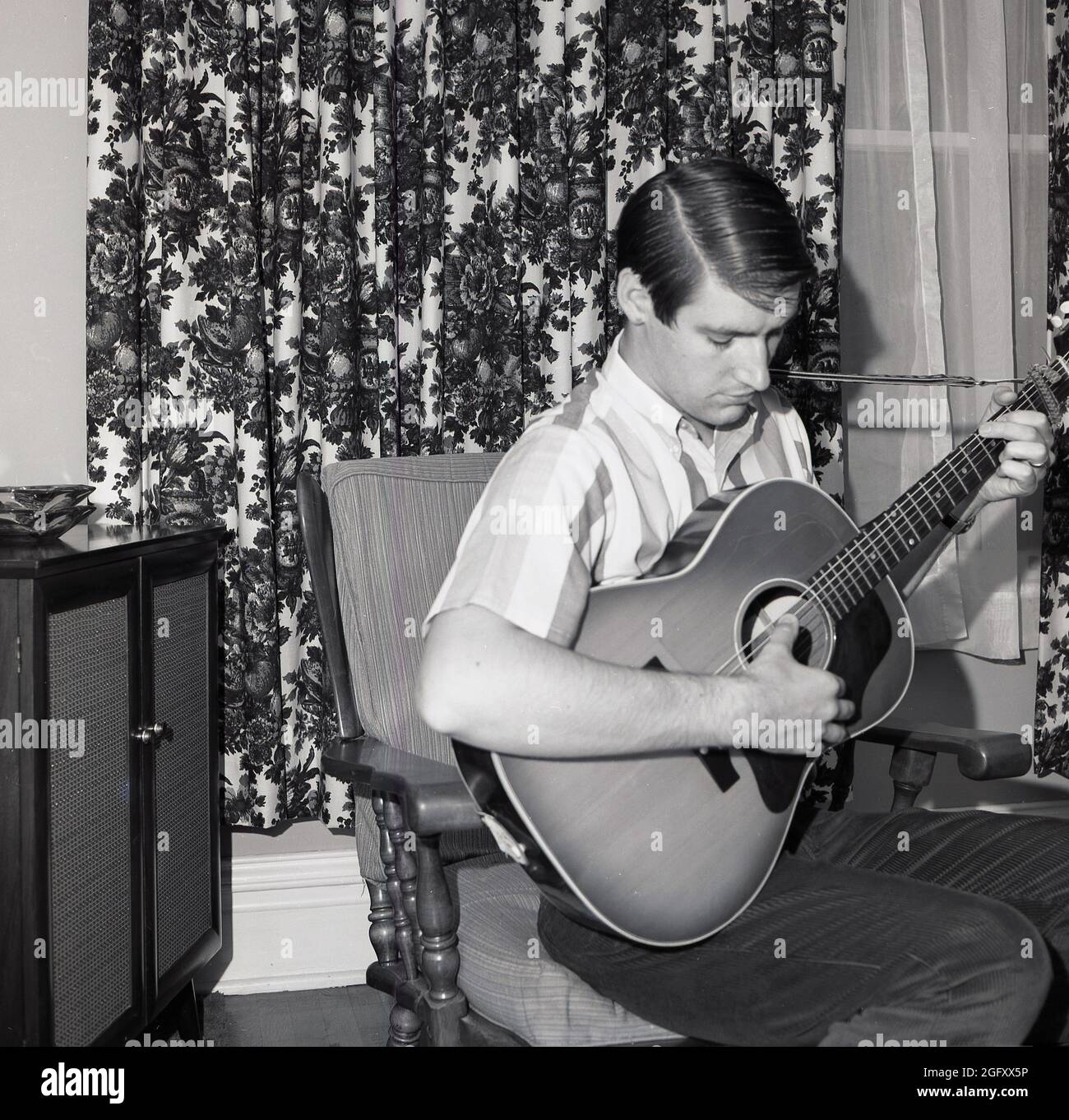

Gibson Vintage Flat top Model Information:
#Gibson j160e antique guitar identification serial numbers#
Serial Numbers and Factory Order Numbers, all instruments (How to Find the Year).

Introduction and "What type of Gibson guitar do I have?".Introduction, General Specs, Serial Number/Year Info, etc.: Gibson vintage guitars history and collecting. It really is a beauty, and a perfect hire for some Beatles magic, or, if you still don't know who The Beatles are, simply some lovely vintage acoustic tone and feel.Vintage Guitars Info - Gibson collecting vintage gibson guitars Vintage Guitars Info's Lovely straight neck and low action, and with those 10s, plenty of room for easy bends and lead-work. When this one arrived, it came strung with extra light 10s. After so many years, it's become one with the underlying spruce of the body top, visible through the shell. With the super slim neck, this is a beauty to play, with lots of easy access to the 12th fret and beyond.Īnd in terms of features, you've got to love the original tortoiseshell scratchplate. All this talk about a 12th fret or a 14th fret join, and Gibson lead the way with a 15th fret join. What's specially nice about the J-160E is the 15th fret neck join. Though apparently, arch experimenters as they were, The Beatles also recorded the J-160E with a mic, ignoring the P90, on those little known songs like Norwegian Wood and A Day In The Life. No real hum of any note, and great balance across the six strings. It's a compact single-coil P90 at the bridge. The lesser known CF-100E came out in 1951, followed in 1954 by the now famous J-160E, albeit with 19 frets rather than the 20 frets that came in one year later. Hire it, and It Won't Be Long (yes, another Beatles song) til you fall in love with it too.Īpparently, the J-160E was only Gibson's second attempt at an acoustic electric guitar.

All we've done is given it a fret dressing (courtesy of master luthier John Procter), set it up, played it, and fallen in love with it. It's in beautiful all-original condition for its age. But this one lays its claim as an exact spec and era match for those original Beatles J-160s.

Something about that repeated "Please" again. Nor, for that matter, Beatles' fan Johnny Marr's - though he's also a fan of the J-160E, and wrote William It Was Really Nothing and Please Please Please Let Me Get What I Want on his one. So, for the record, this is not John Lennon's original J-160E (nor George's, nor the replacement John bought in 1964). A true detective story and one told brilliantly by Guitarist Magazine. Only to resurface over 50 years later, and sell at auction in 2015 for some $2.4m. Ironically, just after the final payment, John's was stolen at in December 1963 during one of the string of Beatles Christmas Shows at the Finsbury Park Astoria in London. They could probably just about manage it, having knocked out From Me To You, She Loves You, and I Want To Hold Your Hand and the albums Please Please Me and With The Beatles in the intervening months. A lot of money in those days - £3000 in today's money. it was also in 1962 that John and George bought their Gibson J-160Es from Rushworths Music House in Liverpool. For everyone else, The Beatles are one of the most documented bands in history, and you don't need me to tell you a single thing about them.Īpart from. If you haven't heard of The Beatles, then you're living in the world of Danny Boyle's film "Yesterday". The year of the first Beatles' release, Love Me Do, peaking at number 17 in the UK charts, a position that gave no indication of the world domination and legacy that were to follow. An absolute original, and a beauty to behold and play.ġ962. The acoustic behind so many of those early Beatles hits. Gibson's J-160E, famous in the hands of both John Lennon and George Harrison - and the ambidextrous Paul McCartney.


 0 kommentar(er)
0 kommentar(er)
